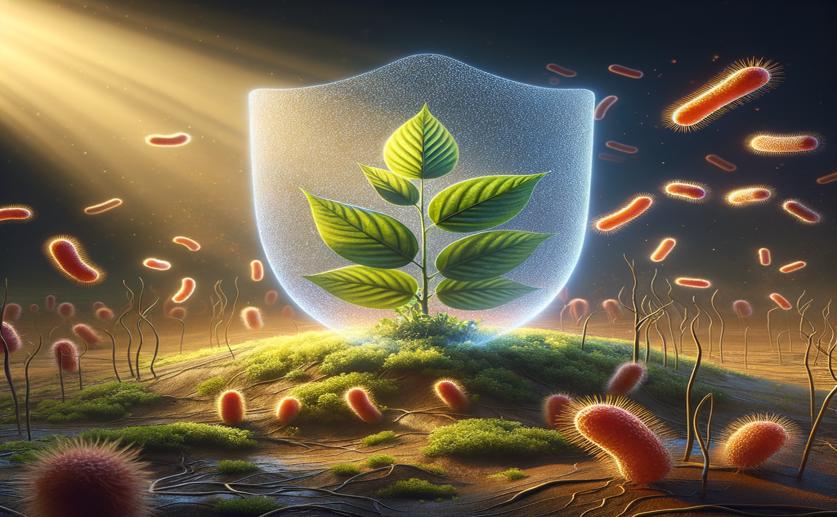
Understanding How Fire Blight Resistance Proteins Work to Protect Plants
Greg Howard
20th July, 2024

Image Source: Natural Science News, 2024
Key Findings
- Researchers at Seoul National University identified a protein, MrMR5, from wild apple species Malus × robusta 5 that helps resist fire blight
- MrMR5 detects a bacterial molecule called EaAvrRpt2, triggering the apple tree's immune response
- A specific protein fragment, ACP3, produced by EaAvrRpt2, activates MrMR5, highlighting a potential path for developing fire blight-resistant apple varieties
References
Main Study
1) Comparative analysis on natural variants of fire blight resistance protein FB_MR5 indicates distinct effector recognition mechanisms.
Published 17th July, 2024
https://doi.org/10.1016/j.mocell.2024.100094
Related Studies
2) Ptr1 and ZAR1 immune receptors confer overlapping and distinct bacterial pathogen effector specificities.
3) Diverse NLR immune receptors activate defence via the RPW8-NLR NRG1.
4) Molecular characterization of proteolytic cleavage sites of the Pseudomonas syringae effector AvrRpt2.
Journal: Proceedings of the National Academy of Sciences of the United States of America, Issue: Vol 102, Issue 6, Feb 2005



 19th July, 2024 | Jim Crocker
19th July, 2024 | Jim Crocker